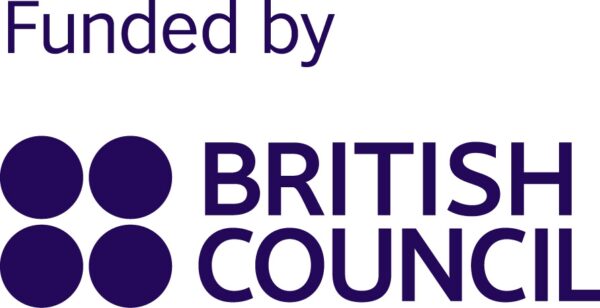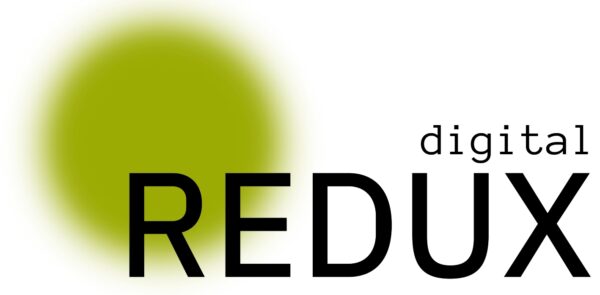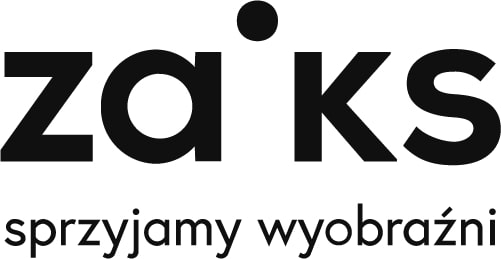Info
The second in Digital Redux series of synchronized live performances in Wroclaw and London.
A livestream of the event will be available on our homepage and on vimeo (@wrocenter).
Programme:
Watermans: Chris Speed Visuals (CSV) – Mutable VR II
WRO Art Center: Piotr Peszat – Let us now hold hands (2021) performed by Ensemble Kompopolex
Watermans: Chris Speed Visuals (CSV) – Mutable VR II, performance
Mutable VR is an immersive installation and live performance in which 360 spatial audio is controlled within virtual reality. Conceptually inspired by wave–particle duality in quantum mechanics and posthuman phenomenology, this project explores an embodied experience of microsound. This piece is a culmination of my recent body of work exploring themes of duality, embodiment and abstraction, the title itself is taken from the programming term “Mutable” (a changeable object). The artwork combines the latest VR technology with custom software to connect real time particle simulations to music and redefine how we perceive our bodies within virtual worlds.
WRO Art Center: Piotr Peszat – Let Us Now Hold Hands (2021) performed by Ensemble Kompopolex, concert
Performers: Ensemble Kompopolex (Aleksandra Gołaj, Rafał Łuc, Jacek Sotomski)
Composition, video: Piotr Peszat
Stage design: Katarzyna Feiglewicz-Peszat
The ability to perceive sound originates in the inner ear, where the basilar membrane is located. Air vibrations set the membrane in motion, which are transformed into tones. However, there is another way for sound signals to reach our brains through the tactile sensation of vibrations. Based on this knowledge, a composition was created that allows Deaf people to be included in musical activities.
The essence of the change is the creation of a democratic, open musical space, which includes Deaf, hard of hearing and people without hearing disabilities to participate together in sound activities.
A number of activation activities for d/Deaf people are characterised by an attempt to enable them to hear. Given the diversity and complexity of hearing disabilities, focusing solely on hearing technologies does not meet the criterion of universal accessibility (e.g. when testing bone hearing technologies with d/Deaf people, this method was found to be ineffective due to the different degrees of disability).
The composition used, among others, audio resonators (Monacor AR30, AR50 and BR50), which allow the viewer to feel vibrations in a very clear way when putting his hand on the lid of wooden boxes, woofers (subwoofers) and a Playtronic system, thanks to which touching certain objects triggers sound samples.
Let Us Now Hold Hands is an invitation to discover the world of sounds together. Those which we usually consider as music and those which are seemingly not music but can become it if only we direct them and feel them properly. The piece can function as an installation or a concert version of an installation (with the participation of instrumentalists and performers).
The composition is made for hearing, hard-of-hearing and d/Deaf audience.



 Open in new window
Open in new window